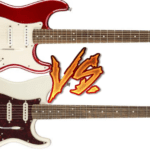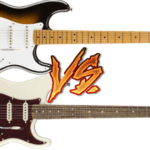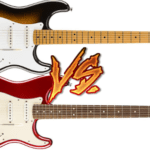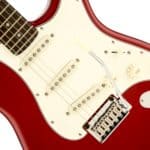Fender has been making guitars forever now, and in all this time they were constantly changing their production lines.
It’s ok to admit that you might have no idea about what are the actual differences between American, Mexican, and Japanese Fender instruments.
We always are told that the American versions are the better ones, hence their prices and them being the most sought after. However, the other Fender lines have something to offer too.
And in some cases, you would be surprised.
If you want a short answer about this topic, here it is:
The main differences between Squier, Mexican, Japanese, and American Fenders are that Squiers are made with more affordable materials. Japanese and Mexican Fenders are above in quality and differ mainly in features. Low-end Americans are slightly higher quality and around the same price when buying used.
If you want to read a little bit more about why Fender has these 4 lines of instruments, a short history of them, and what makes them unique, please stay with us.
At the end of this article, we will also give you our insights into which of these origins might suit your next guitar best.
If you’re ready, let’s get to it!
Fender Squier line main characteristics
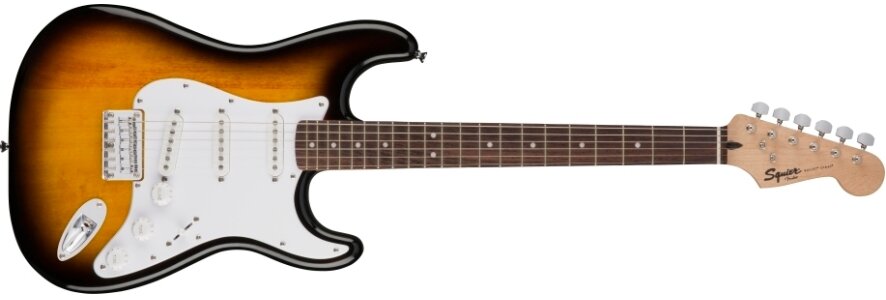
Since 1982 Fender started producing lower-priced versions of their guitars under the Squier brand.
Until then, Fender never had produced affordable versions of their most iconic models such as the Stratocaster or the Telecaster.
This attention to the low-end of the market was in response to Japanese copies of their instruments beginning to take relevance. Brands such as Tokai, Greco, and Fernandes started endangering the American company’s business.
Squier guitars are made with cheaper alternatives to every one of their components. From tonewoods and multi-piece necks and bodies to electronics, tuners, and construction in general.
However, Squier, when compared to other cheap guitar brands has always conserved very decent aesthetics, with good finishes and pretty good construction quality.
These instruments were made in Japan at first when Japanese labor was very cheap. In more recent years, production shifted to countries such as Korea, China, and Indonesia.
Fender Made In Mexico line main characteristics
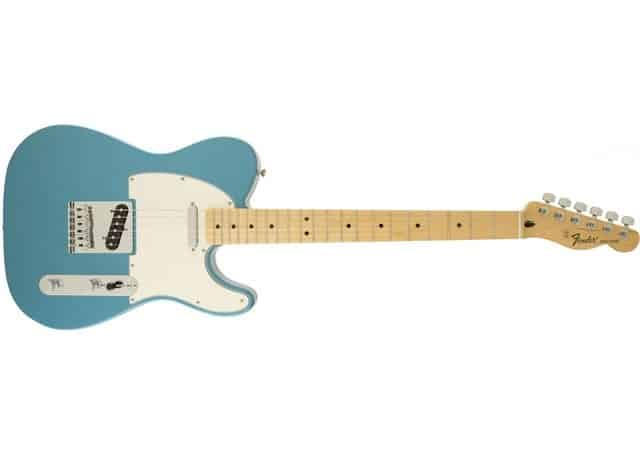
Fender started making guitars in Mexico in 1991. These first models were priced above Squiers but below Fenders made in Japan.
These early models as many people claim were built with necks and bodies shipped from the Fender US Corona plant. However, they were not the same as the ones used in the USA lines. They were made of alternative kinds of wood such as Poplar.
Nowadays, Fender Mexico instruments are a step above the Squier’s higher end.
Some people would say that you’re mostly paying for the Fender logo on the headstock, and of course, that has a price, but the quality of materials and hardware is objectively better in the Mexican alternatives.
In particular, pickups, neck profiles, tuners, fretboard materials, and many other features are different.
As for construction and finishes, the overall build quality is not that much better.
Fender Made In Japan line main characteristics
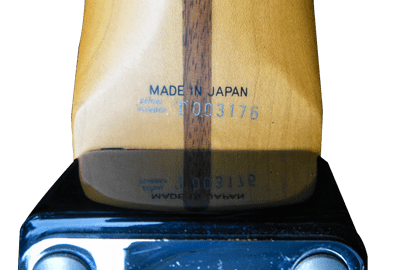
Fender started producing their “Mad in Japan” line in 1982. Since then, Japanese guitars have been a very competitive alternative for their fans.
Japanese Fender branded guitars have always been close competitors for the Mexican line, but still below the quality of the Americans.
Many Japanese-made Fenders have basswood bodies and that’s not a pro or a con but a feature that differentiates them from other lines.
What sets apart this particular line is that every Japanese-made Fender instrument has amazing craftsmanship in its construction, fitting, and finish.
Fender Made In America low-end lines main characteristics
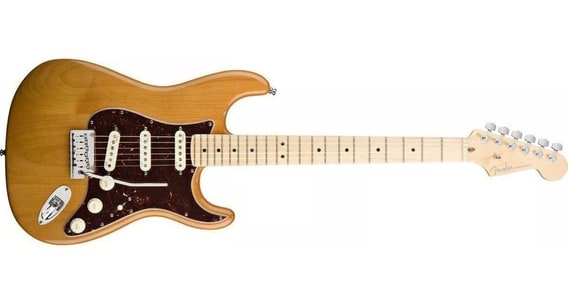
American-made Fender instruments are considerably more expensive than the previously mentioned lines.
However, the cheaper American series, especially if you are buying used can be competitive in price with a brand new Japanese or Mexican-made Fender.
This is something to take into account when looking for a new instrument.
The American Deluxe series, for instance, will, on average, be a better instrument than their siblings made above.
And we say, on average, because guitars are not always the same and there’s always the chance of getting an outlier. Moreso when buying used, where you can stumble upon instruments that are not in the best of shapes.
Remember that you lose the chance of trying many units of the same line in a store when fishing for used ones, and also you won’t have a warranty to cover you if any problem emerges.
Main differences between the Fender Squier, MIM, MIJ, and MIA lines
Different lines serve different purposes and attend contrasting audiences.
A big company like Fender surely knows how to play this game, and fortunately leaves very little (if not none) demand unattended.
On the more affordable side of the spectrum, there are the Squiers. With these, you avoid the premium of having the Fender logo on the headstock. You also get cheaper components, lower quality woods, construction, and finishes.
In the middle range of Fender offerings, there are the Made in Mexico and Made in Japan lines. They are pretty similar in overall quality but differ in features. In this case, you should look for what you value the most.
Mexican Fenders, commonly have hotter pickups and use the same varieties of woods, though of lower quality, than Americans.
Japanese Fenders are built with woods indigenous to the Asian region such as Basswood and Nato. This is not a drawback, but a feature, and you might end up preferring their tone. Also, their craftsmanship is very highly regarded as they usually have amazing constructions and detailed finishes.
American lower-end Fender guitars are considerably more expensive than the above alternatives, however, if you look for used deals you might find some catches around the price tags of brand new Mexicans or Japanese.
In almost any case an American Fender will be a higher quality instrument with better everything. However, there’s always the chance of getting a lemon, especially when buying used.
Which one should you choose?
Here in GearAficionado, we don’t like pointing out to you what’s our choice, since it might not always be the best thing for you.
We always encourage you to try out the gear and never commit fully to the things you might hear on a YouTube video or in a blog post.
These lines of Fender instruments, even if they make the same models, are clearly different as we pointed out earlier, and surely there’s an audience for each one.
If you want our insights into which one of these you should choose, here they are:
- If you want an affordable foot on the door into Fender models, get a Squier
- If you are serious about your playing but don’t want to break the bank, look for either a Mexican Fender or a Japanese Fender
- If you prefer basswood guitar bodies, go for a “Made in Japan”
- If you enjoy playing with hotter pickups, a “Made in Mexico” might work out for you
- If you are an experienced guitar player and you know what to look for in a used instrument, try getting a lower-end used American Fender

Hello there, my name is Ramiro and I’ve been playing guitar for almost 20 years. I’m obsessed with everything gear-related and I thought it might be worth sharing it. From guitars, pedals, amps, and synths to studio gear and production tips, I hope you find what I post here useful, and I’ll try my best to keep it entertaining also.


